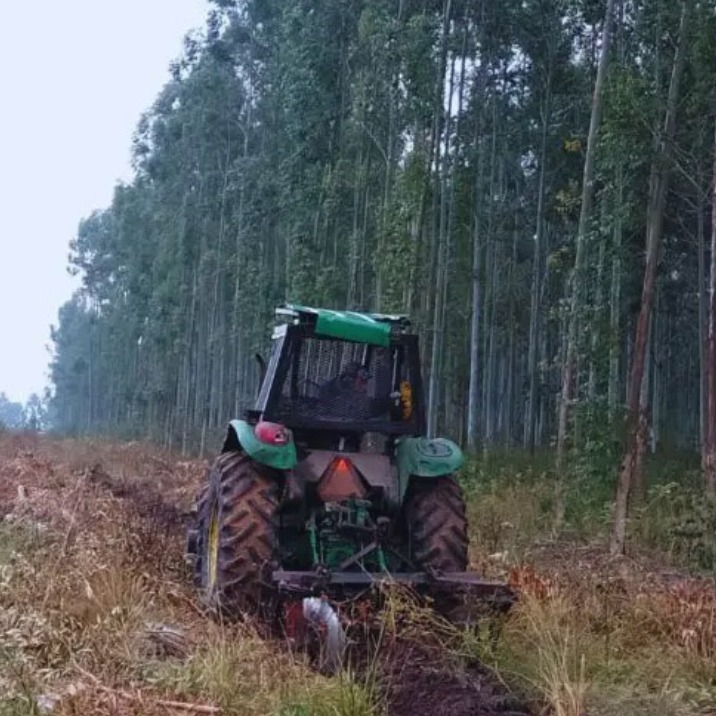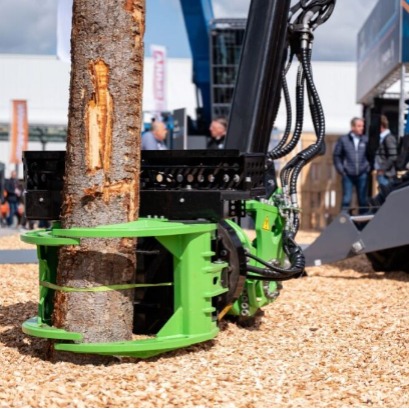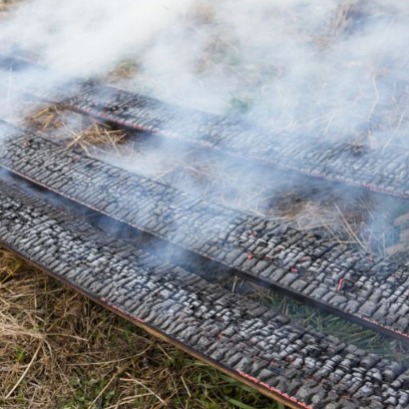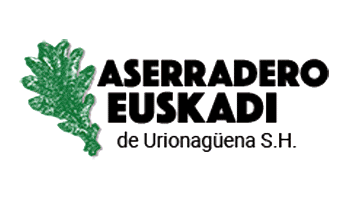
INTA CONCORDIA, with more than half a century of work in forest research, accompanies the growth of the private sector of Mesopotamia
The province of Entre Ríos constitutes the third industrial forest pole of Argentina and the first basin in Eucalyptus Grandis., And this evolution was achieved with the accompaniment of INTA. From the provision of seed and certified quality clones to the study of the properties and uses of wood, INTA Concordia accompanies the forestry sector with information and strategic services generated throughout more than 50 years of research. From the provision of seed and clones of certified quality to the study of the properties and uses of wood, INTA Concordia has been accompanying the forestry sector with information and strategic services generated throughout more than 50 years of research.
The forest activity in the province of Entre Ríos is of great productive and economic importance. With 139 thousand forest hectares it represents 11.6 % of plantations at the country level. The Mesopotamian province constitutes the third industrial forest pole of Argentina and the first in Eucalyptus Grandis. From the 70s, INTA Concordia conducts studies on forest species suitable for the soil conditions and climate of Entre Ríos, and improvement programs genetic that benefited the region of Mesopotamia. The forest activity in the province of Entre Ríos is of great productive and economic importance. With 139 thousand forest hectares it represents 11.6 % of plantations at the country level. It constitutes the third industrial forest pole of Argentina and the first in Eucalyptus Grandis. From the 70s, INTA Concordia conducts studies on forest species suitable for the soil and climate conditions of Entre Ríos. Carlos de la Peña, Forestry Engineer of INTA Concordia, explained: ?Although the first data and records of the behavior of species of pine and eucalyptus were published in 1956, they were not framed in any plan or program at a national or regional scale that He approached the problem of forest activity in an integral way. ?Over the last 50 years, INTA, within the framework of the National Forestry Program, was incorporating lines of research, ranging from the choice of the species and the site to The work for the achievement of the plantation, taking into account the management according to the industrial destination of the wood. In jointly the health and environmental aspects are studied, and the properties of wood for different uses. These studies provide basic information for the planning and management of forest activity in the region. By its part, María de los Ángeles García, Forest Engineer of INTA Concordia, stressed that both producers and Entre Ríos forest companies apply the technologies generated, evaluated and disseminated by INTA. ?In the installation, monitoring and obtaining of the results of the trials, the companies and the producers are a fundamental part, since they accompany the work of the researchers. The joint work allows to shorten the times between generating information and adoption of the practices, ?he emphasized. - Differences in their physical properties such as texture, density, drainage, susceptibility to erosion, and chemicals such as organic matter and pH should be taken into account. This determines the productivity of the plantations and defines the necessary work to generate the best conditions for the anchor and development of the roots. ?In recent decades, labor has been evaluated with various implements and it has been shown that the breakage improves the growth of The plants as the clay content of the soils increases, for reducing the resistance to the growth of the roots and facilitating the entry of water to the soil. ?In clay soils the best results have encountered the combination of plow, dredge and Camellón, improving the initial growth of plants compared to tillage with other implements. However, no differences in moisture content and mechanical resistance to penetration between tillage were found, ?Garcia said. On the other hand, rehearsals and lines of research have been reconfigured along with the growth of the forest surface and of industrial development in the area, attending to new demands and challenges raised by the industrial forestry sector. ?A concrete example is the adaptation of Eucalyptus Grandis wood to wood construction techniques such as the light framework system and that of cabins of trunks, as well as the constant training of operators, entrepreneurs and companies under standards that support this construction system, are outstanding achievements for regional industrial forest development, ?said Garcia. Part of the information generated throughout these years can be found in The book Technologies for the establishment of eucalyptus plantations in Entre Ríos, which is a compilation of the investigations of the last 20 years. This work is a consultation and guide for decision -making in the planning and establishment stages of a forest project with eucalyptus in Entre Ríos. soil preparation practices and their effects on eucalyptus plantations; Waste management techniques for reforestation, weed control, fertilization, planting quality and impacts of establishment techniques on soil properties.
IT MAY INTEREST YOU
 Mouliá participated in the presentation of the 10th Wood Expo at the ADS25 event
Mouliá participated in the presentation of the 10th Wood Expo at the ADS25 event
José Moulia, on behalf of the Government of Entre Ríos, participated in the Opening Panel of the ADS25 exhibition, developed on April 23 and 24 at the Higher School of Architecture and Design of the University of Morón. The meeting brought together professionals, academics and representatives of the construction sector committed to innovative and sustainable approaches.
 Germany | The forest industry guides Ligna 2025 visitors for new paths towards greater efficiency of resources
Germany | The forest industry guides Ligna 2025 visitors for new paths towards greater efficiency of resources
Wood supply as raw material is essential for the world carpentry industry and wood processing, which will meet in Ligna 2025 in Hannover from May 26 to 30. As a reflection of this, the Forest Section of the world leading fair will show all aspects of the optimized methods for the use of wood. Modern -scale modern forest machinery, mobile sawmills, smart logistics and safe transport - such as technical pioneers in the use of wood as material and energy - will be the protagonists, together with the crucial efforts to preserve forests as a sustainable source of raw materials for future generations and prepare them for the challenges of the future.
 Burned wood: the Japanese technique that beautifies and protects the material
Burned wood: the Japanese technique that beautifies and protects the material
Elegant, ecological and resistant: the wood treated with the millenary technique called Yakisugi challenges the weather and the passage of time. In the world of design and construction, a Japanese ancestral technique is gaining prominence. This is the Yakisugi (also known as Shou Sugi Ban), a method that consists in burning the surface of the wood to make it more resistant and attractive. Although it may seem contradictory, exposing wood to fire gives natural protection against moisture, insects and deterioration over time.





















